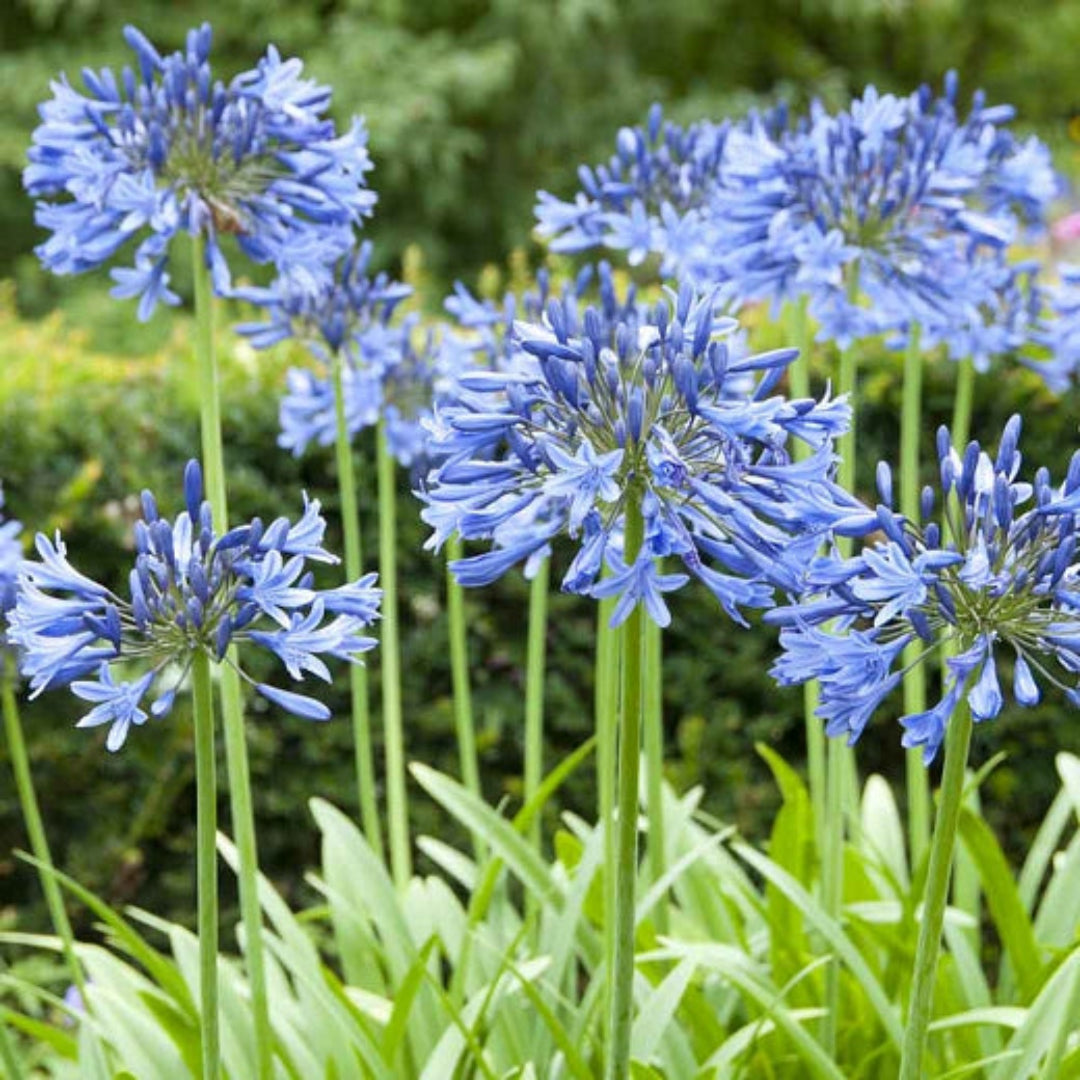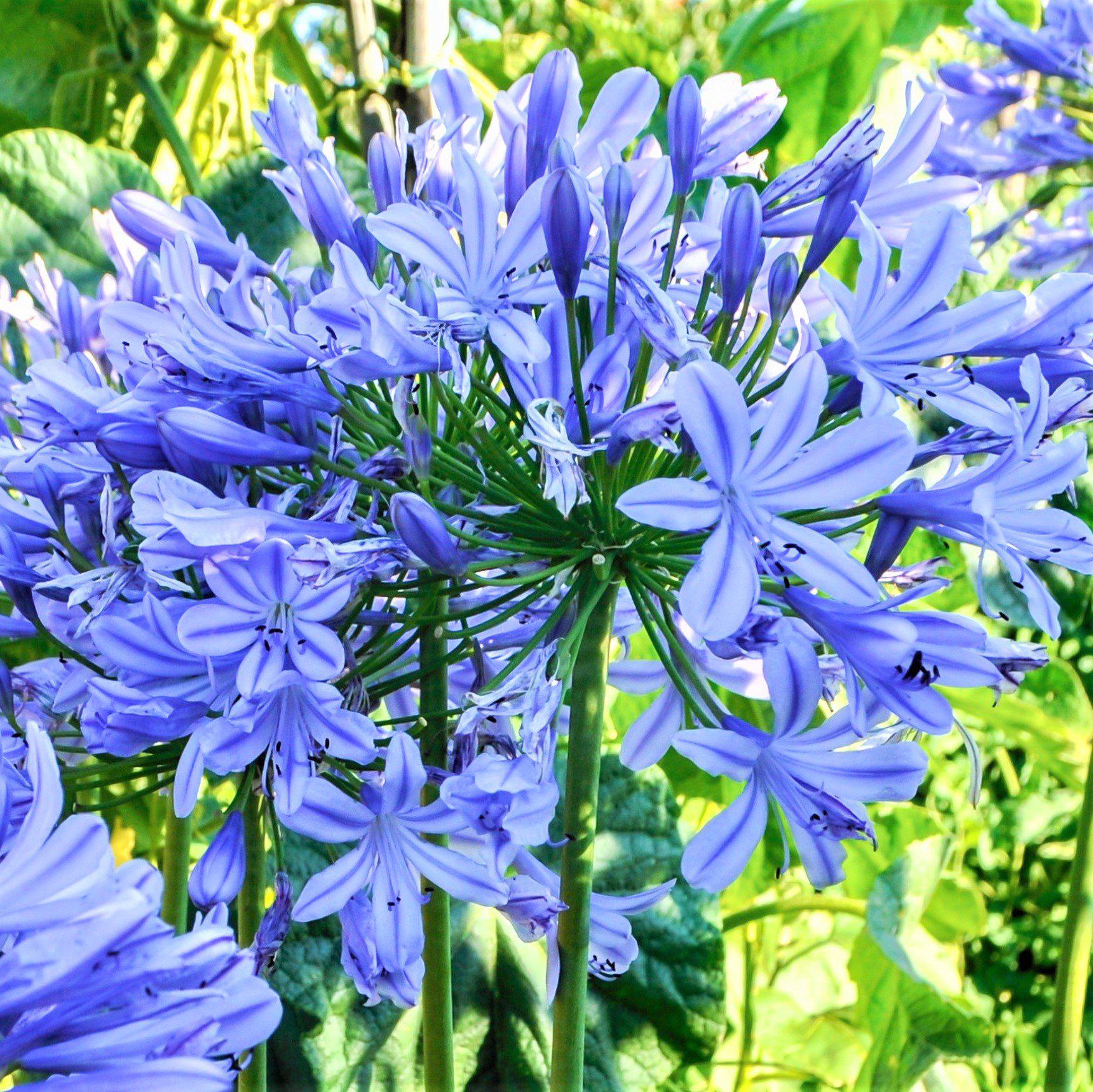Unleashing the Secret to Effective Agapanthus Farming: Tips and Tricks for a Flourishing Garden
In the world of horticulture, growing agapanthus successfully calls for a tactical method that encompasses different facets of plant treatment. With mindful interest to detail, one can open the secrets to supporting these sensational blossoms, leading to a yard that prospers with appeal and vibrancy. By understanding the subtleties of agapanthus growing, one can produce a setting where these plants prosper and bloom generously. In the complying with conversation, we will certainly discover vital ideas and methods that will assist you towards a thriving agapanthus yard, supplying understandings right into ideal techniques, dirt problems, watering techniques, and much more.
Planting Agapanthus: Ideal Practices
When growing Agapanthus, appropriate dirt prep work is crucial for making sure successful growth and advancement of these stunning blossoms. Agapanthus, commonly called Lily of the Nile or African lily, grows in well-draining soil with a somewhat acidic to neutral pH level - Agapanthus. Prior to planting, it is critical to change heavy clay dirts with raw material such as garden compost or peat moss to enhance water drainage and provide necessary nutrients for the plants
To plant Agapanthus, select a location that gets complete sunshine to partial shade, as this will certainly advertise healthy and balanced growth and bountiful flowering. Dig an opening twice the size of the plant's root round and place the Agapanthus at the exact same deepness it was formerly expanding. Carefully backfill the opening with soil, weighing down firmly to eliminate any air pockets around the origins.
Water the recently grown Agapanthus extensively and continue to maintain the soil evenly damp, particularly throughout the plant's energetic growing period. Agapanthus. Using a well balanced plant food once a month can additionally support the plant's growth and blooming. By adhering to these ideal practices for planting Agapanthus, you can develop a spectacular screen of these exciting blossoms in your garden
Suitable Soil Issues for Agapanthus
For optimal growth and growing success of Agapanthus plants, making sure the soil problems are suitable is critical. Agapanthus chooses soil that is abundant in nutrients, so integrating a well balanced plant food throughout the growing season can advertise healthy development and lively flowers.

Watering and Fertilizing Tips
To make certain healthy and balanced growth and vibrant flowers, appropriate watering and fertilizing methods are crucial for successful Agapanthus cultivation. Agapanthus plants benefit from routine watering, particularly during the growing period. It is recommended to water deeply once a week, making certain the soil is wet however not waterlogged. Throughout warm weather condition or in pots, more constant watering might be necessary to avoid the dirt from drying totally.
When it comes to feeding Agapanthus, a balanced plant food with equivalent parts nitrogen, phosphorus, and potassium can be applied in the springtime to advertise healthy development and flowering. Slow-release fertilizers are optimal for offering nutrients gradually over a prolonged period. Stay clear of over-fertilizing, as this can cause excessive vegetation development at the expenditure of flowers.
Furthermore, including natural matter like garden compost right into the dirt can boost nutrient levels and improve dirt structure, helping in the general health of the Agapanthus plants. By adhering to these watering and fertilizing suggestions, garden enthusiasts can guarantee their Agapanthus plants flourish and produce spectacular display screens of flowers.
Trimming and Deadheading Methods
Correct trimming and deadheading techniques play an essential function in keeping the health and aesthetics of Agapanthus plants, recommended you read matching the essential techniques of watering and fertilizing for effective growing. Trimming Agapanthus involves eliminating spent flower heads, dead or yellowing leaves, and general shaping of the plant to promote better growth. Deadheading, the process of eliminating discolored blossoms, not only improves the plant's appearance but also motivates more blooming.
When deadheading Agapanthus, it is a good idea to snip off the flower stem at the base utilizing sharp, clean shears. This process reroutes the plant's energy from seed manufacturing back right into root and vegetation growth, promoting a healthier and a lot more robust plant. Routine deadheading can expand the blooming period of Agapanthus and protect against self-seeding, which can lead to overcrowding.
In terms of trimming, Agapanthus typically take advantage of a light trim after blooming to clean the plant and encourage fresh growth. Cutting down the spent blossom stems and removing any dead or click reference damaged vegetation assists preserve the plant's vigor and overall appearance. However, it is necessary to stay clear of cutting right into the crown of the plant, as this can weaken its wellness.

Protecting Agapanthus From Vermins and Diseases
Implementing efficient bug and disease monitoring techniques is crucial to securing the health and wellness and vigor of Agapanthus plants in growing. Agapanthus are generally hardy plants, yet they can still succumb various parasites and conditions otherwise properly looked after. One common parasite that impacts Agapanthus is the Agapanthus borer, a caterpillar that passages right into the plant, triggering damages to the fallen leaves and blossoms. To stop infestations, routine assessment of the plants is important. If borers are found, they can be by hand removed, or insecticidal soap can be used as a control procedure.
In addition to parasites, Agapanthus are susceptible to diseases such as root rot and fungal leaf places. By remaining watchful and attending to parasite and illness concerns immediately, garden enthusiasts can help their Agapanthus flourish and flourish.

Conclusion
To conclude, effective cultivation of agapanthus requires appropriate planting methods, optimal soil problems, sufficient watering and feeding, regular trimming and deadheading, and security from parasites and diseases. By complying with these tricks and pointers, gardeners can ensure a flourishing yard loaded with attractive agapanthus flowers. Agapanthus. Remember to preserve constant care and interest to detail to promote the health and durability of these spectacular plants
When planting Agapanthus, proper soil prep work is necessary for guaranteeing successful growth and growth of these attractive blossoms.Water the recently grown Agapanthus completely and proceed to maintain the soil equally damp, specifically throughout the plant's energetic expanding season.For optimal growth and growing success of Agapanthus plants, ensuring the dirt conditions are suitable is essential. When growing or hair transplanting Agapanthus, make certain the soil is well-prepared to offer the required structure for the plants to develop themselves effectively. One usual insect that affects Agapanthus is the Agapanthus borer, a caterpillar that passages right into the plant, causing damage site link to the blossoms and fallen leaves.
Comments on “Expanding Agapanthus: A Complete Guide to Beautiful Blooms”